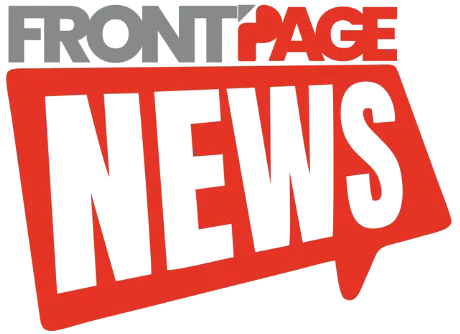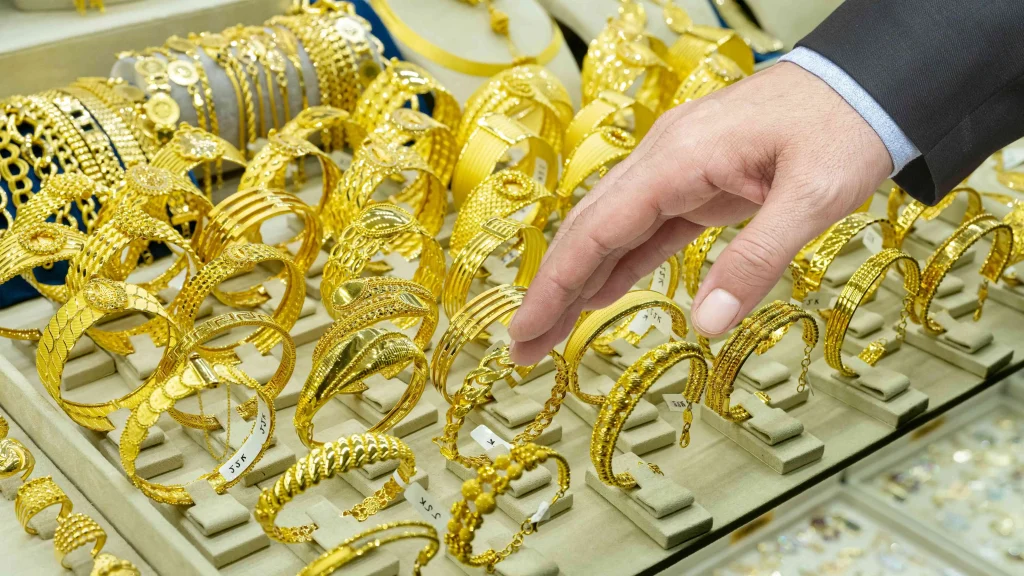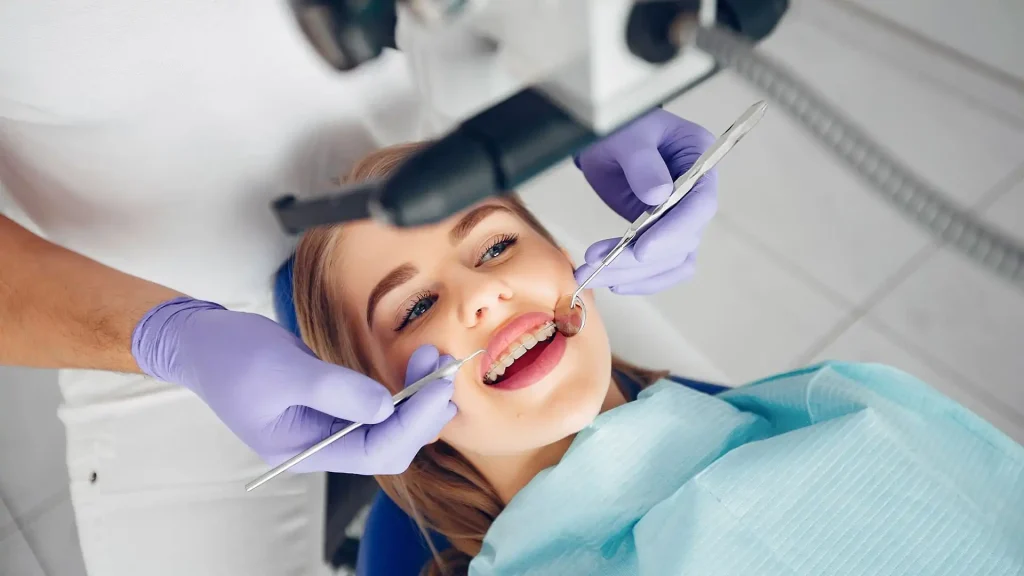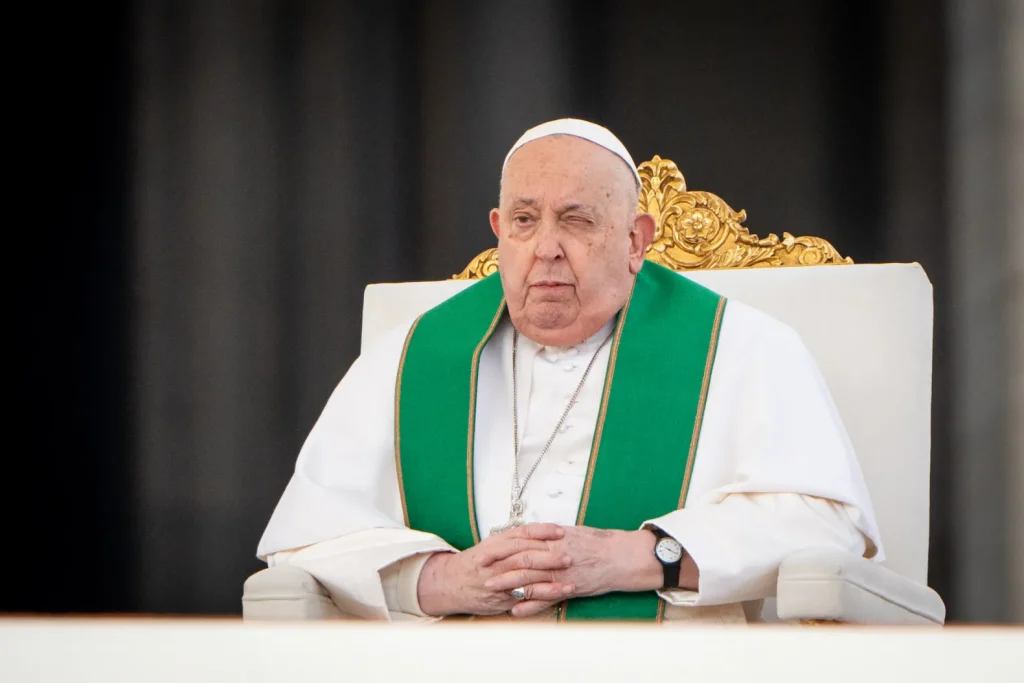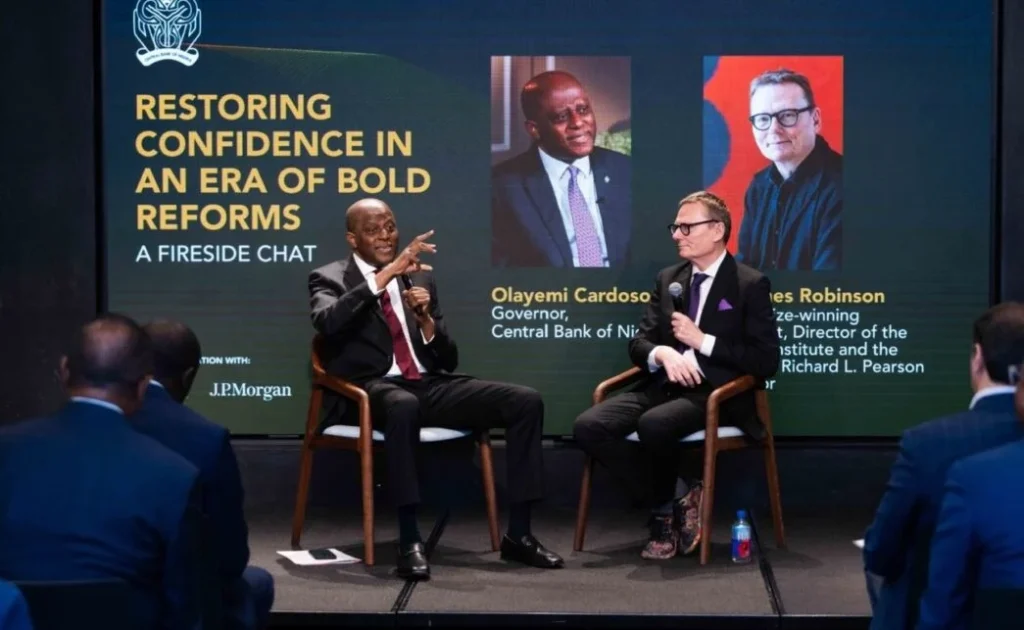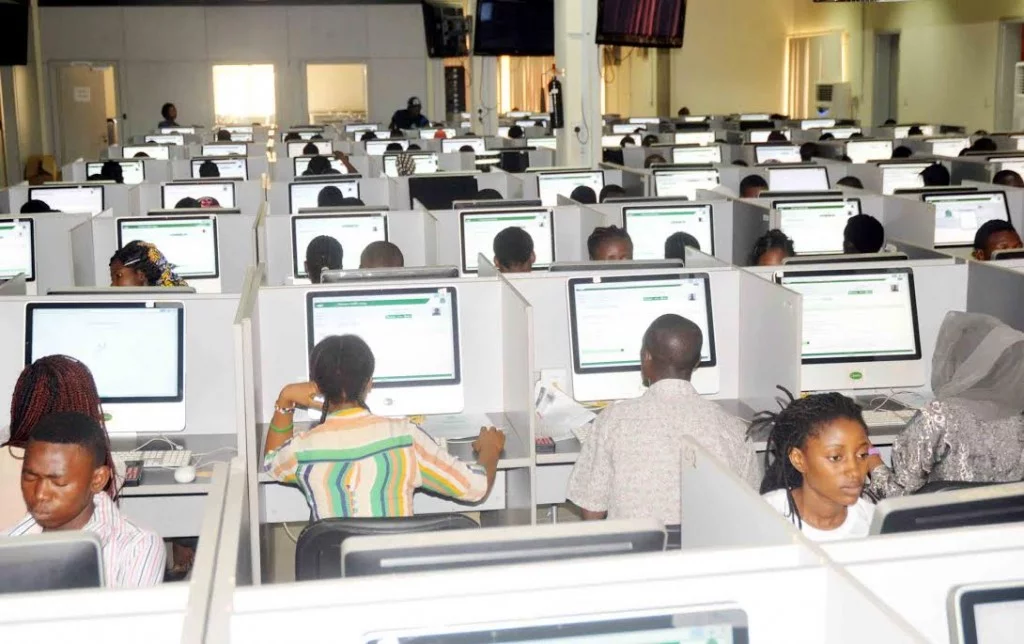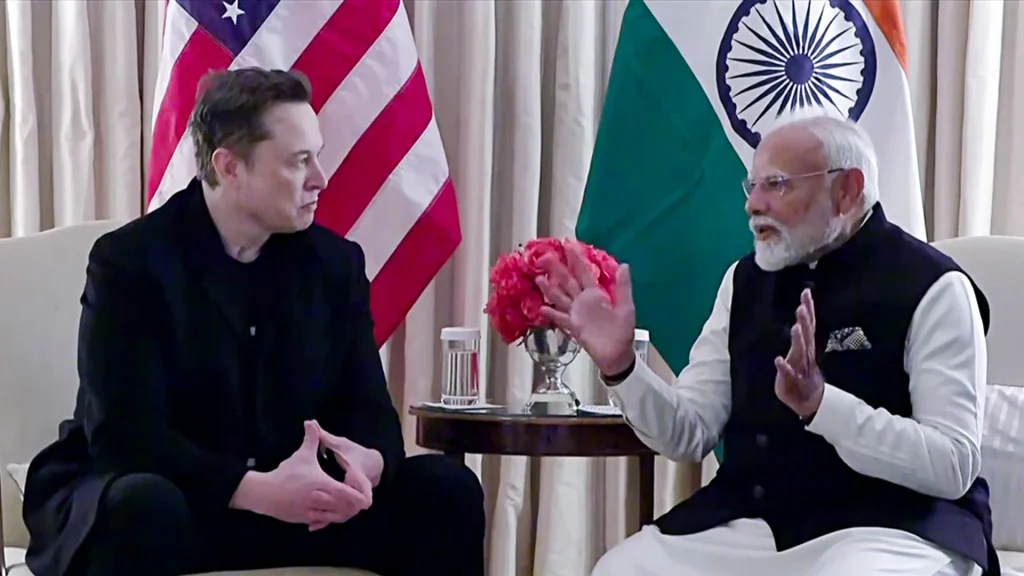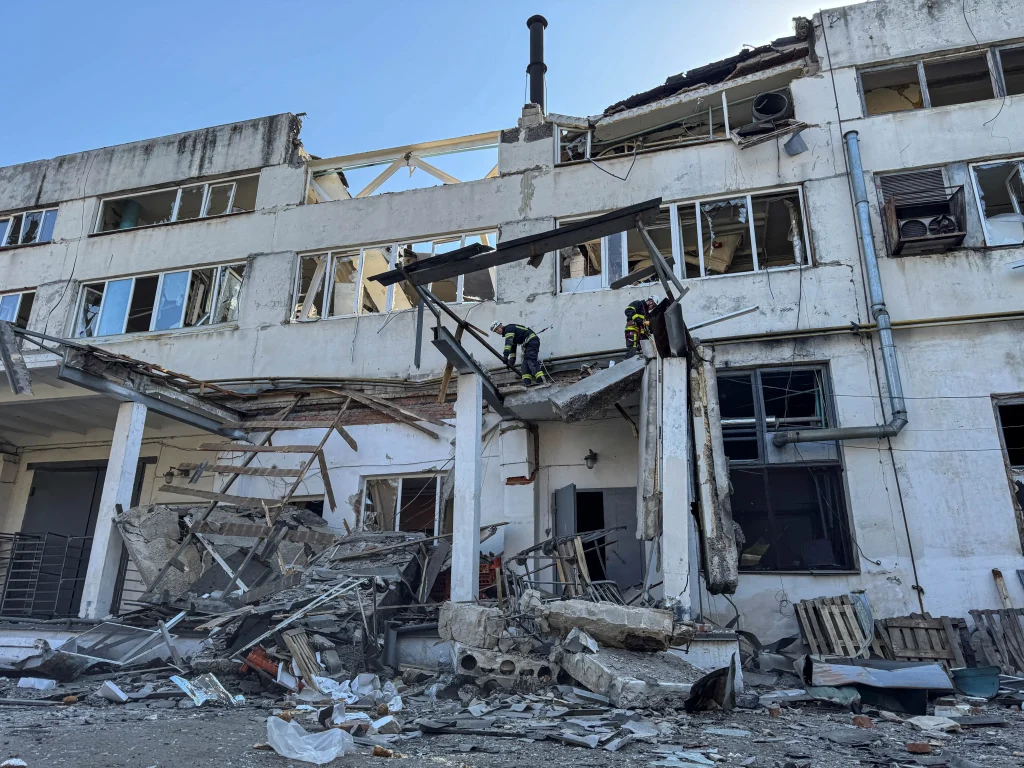As Tesla gears up to release its quarterly earnings this Tuesday, investors are anxiously waiting to hear from CEO Elon Musk about two major developments: the timeline for launching a lower-priced electric vehicle and the progress of the company’s ambitious robotaxi project.
Financial analysts and shareholders alike are counting on the promised affordable EV—initially expected within the first half of the year—to breathe new life into Tesla’s declining sales. Those declines have been aggravated by increasing competition and negative publicity tied to Musk’s outspoken political involvement.
An exclusive report recently revealed that Tesla’s affordability strategy includes a scaled-down version of the Model Y SUV, to be built in the United States. However, internal delays have pushed back its production, disappointing those hoping for a swift market entry.
“A truly low-cost Tesla could be a game changer,” said Will Rhind, CEO of investment firm GraniteShares. “But if it’s just a stripped-down Model Y, that could leave investors and buyers underwhelmed. Elon has to stick to the schedule and deliver a product that excites.”
Margins Under Pressure as Sales Slide
Tesla’s financial performance has been under strain. Falling car sales have led to shrinking profit margins, with Wall Street expecting automotive gross margins to hit a record low in the first quarter. Analysts predict these challenges will continue as Tesla maintains discount strategies to drive purchases.
The company has said it plans to cut costs by using current vehicle platforms and manufacturing lines to produce the new budget model. But aside from that, Tesla has offered few specifics about the vehicle’s features or expected rollout date.
In response to waning interest in its older models and fierce competition from Chinese electric vehicle brands in global markets, Musk shifted gears last year, directing attention toward robotaxis and artificial intelligence. He pledged to introduce driverless ride-hailing services starting in Texas by June and later in California.
However, skepticism remains high. Musk has long claimed that fully autonomous Teslas were just around the corner—dating back nearly a decade—but none have materialized. Safety concerns and potential legal challenges also cast doubt on the feasibility of deploying self-driving vehicles on public roads.
Tesla has begun the regulatory process needed to eventually launch its autonomous ride-hailing service. Yet, a key component of that vision—the “Cybercab,” a driverless vehicle designed for robotaxi use—could face disruptions. Reports indicate that Tesla paused imports of critical parts from China after new U.S. tariffs, introduced by former President Donald Trump, raised duties to 145%.

Musk’s Political Activity Sparks Concerns
Adding to investor unease is Musk’s growing involvement in politics, including a key role in Trump’s administration, where he’s helped lead federal downsizing efforts. This has raised alarms about how much of his focus remains on Tesla.
Public backlash has been mounting. Protests and vandalism at Tesla stores, especially in major cities, have coincided with a dip in brand reputation and a surge in vehicle trade-ins from disillusioned customers.
Sales have dropped significantly, particularly in California—Tesla’s largest U.S. market. Meanwhile, the company’s share price has plunged roughly 40% since January, wiping out more than half a trillion dollars in market capitalization.
Dennis Dick, chief strategist at Stock Trader Network and a Tesla shareholder, still sees potential for recovery. “If Musk can re-center his focus on the Tesla brand, it’s possible to reverse the damage,” he said. “But he needs to tone down the political messaging and get back to advancing self-driving tech, robotaxis, and the Optimus robot project.”

Revenue Stable Despite Delivery Drop
Despite the sharp decline in vehicle deliveries, Tesla’s total revenue for the first quarter is expected to remain flat. Estimates from LSEG forecast earnings of $21.35 billion—matching revenue from the same period last year. This stability is attributed to stronger performance in regulatory credit sales and Tesla’s solar energy and battery storage business.
According to data compiled by Visible Alpha from 21 analysts, Tesla’s automotive gross margin—excluding regulatory credits—is projected to decline to 11.83%, down from 13.6% in the previous quarter.
Edison Yu of Deutsche Bank anticipates that Tesla will continue prioritizing higher delivery numbers over profitability. “We expect more price cuts and incentives,” Yu said, noting that Tesla may offer free charging or limited-time autonomous driving features, which would weigh on margins.
The company has also begun marking down unsold Cybertrucks in response to waning interest. Adding to concerns, Tesla issued a recall for all Cybertrucks delivered so far in March due to a defect with an exterior panel—further fueling questions about quality and safety.
